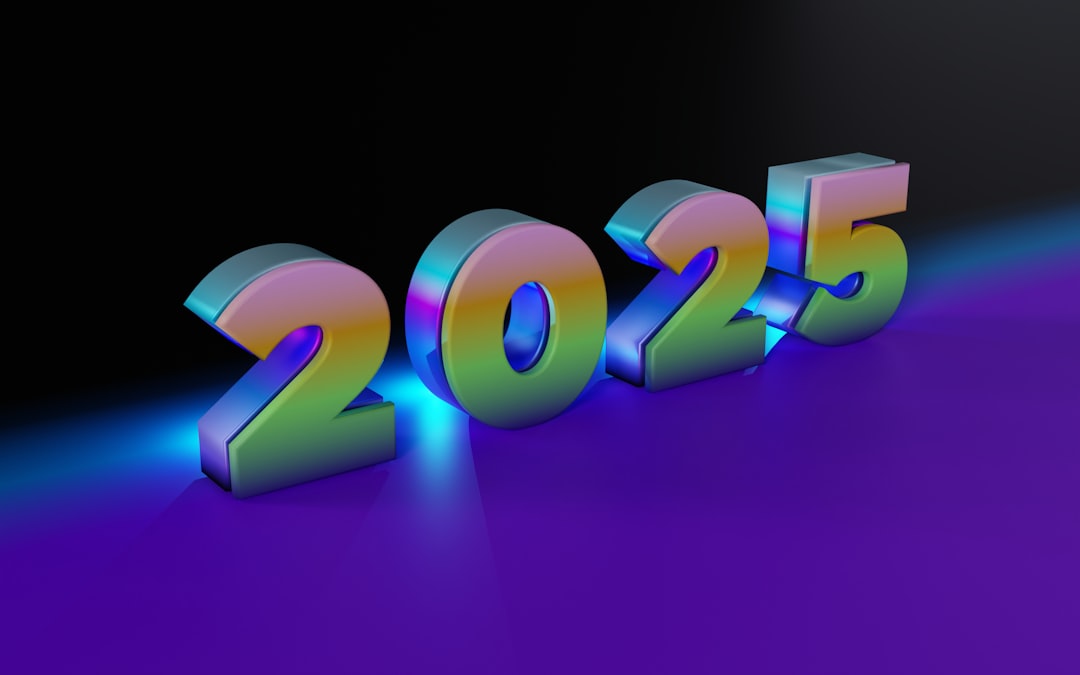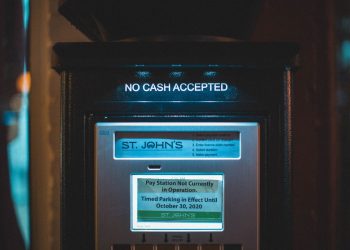No products in the cart.
Ethereum dApps in 2025: The Pulse of DeFi and Web3 Innovation
Discover the top Ethereum dApps of 2025 and how they're shaping the future of DeFi and Web3. A must-read for aspiring innovators!
In the ever-evolving landscape of finance and technology, Ethereum’s decentralized applications (dApps) have emerged as the beating heart of the DeFi (Decentralized Finance) movement. As we step into 2025, these platforms are not only reshaping how we perceive finance but are also crafting a new narrative around trust, transparency, and accessibility.
Ethereum, often dubbed the ‘world computer,’ hosts a plethora of dApps that promise to democratize finance, allowing users to engage in lending, trading, and insurance without the constraints of traditional banking.

But what exactly does the future hold for these digital ecosystems? Let’s dive into the top Ethereum dApps of 2025 and explore their transformative potential.
First, we look at Uniswap, a decentralized exchange that has become synonymous with the term ‘liquidity.’ Uniswap allows users to swap various cryptocurrencies without the need for a central authority. Its innovative automated market-making (AMM) protocol has turned the traditional exchange model on its head. By enabling anyone to provide liquidity and earn fees, Uniswap has democratized trading, inviting a new generation of investors into the fold.
But what exactly does the future hold for these digital ecosystems?
Moreover, the platform’s 2025 upgrade promises to enhance user experience with lower transaction fees and faster processing times. This evolution is crucial for attracting users who may be hesitant due to the notorious gas fees that have plagued Ethereum.
Next on the list is Aave, a decentralized lending platform that allows users to lend and borrow assets without the interference of intermediaries. Aave has taken the concept of collateralized loans to a whole new level, offering innovative features like flash loans, which enable users to borrow assets for a very short time without collateral. This feature has sparked creativity among developers and traders alike, allowing them to execute complex strategies that were once the domain of traditional finance.
As we look at the broader implications, Aave’s model represents a shift towards a more inclusive financial system. It empowers individuals to leverage their assets without the barriers that traditional banking imposes, making it a lifeline for many in emerging economies.
Meanwhile, we cannot overlook the rise of MakerDAO, the platform behind the DAI stablecoin. As volatility continues to characterize cryptocurrencies, stablecoins like DAI provide a necessary anchor. MakerDAO enables users to generate DAI by locking up collateral in smart contracts, ensuring stability while still benefiting from the broader crypto ecosystem. In 2025, MakerDAO is expected to further integrate with various DeFi protocols, enhancing its utility and adoption.
These platforms are not just technological marvels; they are also societal game-changers. They challenge the status quo of finance and offer solutions that could bridge gaps in financial inclusion. Yet, with great power comes great responsibility. The rise of dApps also brings forth critical discussions around security, regulation, and the potential for misuse.
As dApps continue to proliferate, experts urge caution. The decentralized nature of these applications means that users must take responsibility for their assets. Cybersecurity threats loom large, with hacks and fraud being prevalent in the crypto space. The need for robust security measures and user education has never been more pressing.
The rise of dApps also brings forth critical discussions around security, regulation, and the potential for misuse.
Looking ahead, the future of Ethereum dApps is bright, but not without challenges. The ongoing evolution of blockchain technology, coupled with regulatory frameworks, will shape the trajectory of these platforms. As governments and institutions begin to understand the implications of decentralized finance, we may see a wave of regulations aimed at protecting users while fostering innovation.
For the next generation of entrepreneurs and investors, the lesson is clear: stay informed, remain adaptable, and embrace the opportunities that these innovations present. The landscape of finance is shifting beneath our feet, and those who can navigate this change will not only survive but thrive.











